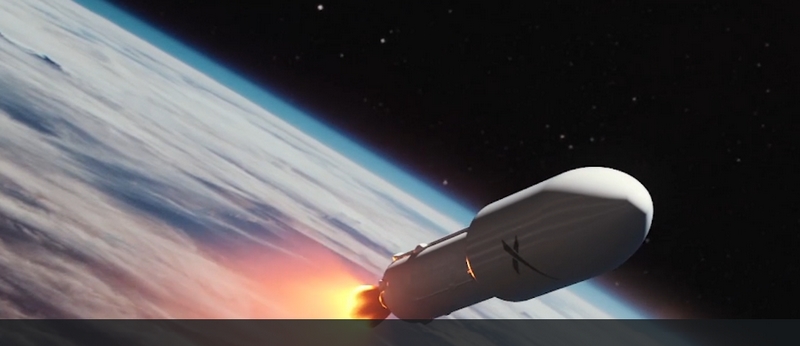Elon Musk’s spaceships to Mars can wait. His Tesla electric car company is already breathing thin air in the form of a $165bn valuation. The share price has doubled this year – yes, doubled in five weeks – and Tesla is now the world’s second most valuable car company.
Incredulity is understandable. It’s only 18 months since Wall Street was debating whether Tesla would go bust because it was consuming cash so quickly. It also wondered if Musk, with his taste for personal feuds and habit of upsetting financial regulators, could be taken seriously as an automobile titan for the 21st century.
What’s more, some of the bears’ sceptical points are still relevant. The company delivered only 367,500 of its luxury vehicles last year, versus Volkswagen’s regular annual output of almost 11m. Tesla will remain capital-intensive as it ramps up production at its “gigafactories”. And it’s hard to know where profit margins will settle.
There is, though, another way to look at the valuation. Congratulations are due to James Anderson, Baillie Gifford fund manager and big backer of Tesla, who wrote in May last year: “What persistently surprises me is how straightforward it is to construct a roadmap for Tesla being worth many times its current market value”. The share price then was roughly $200. On Tuesday, it hit $900.
Anderson’s argument was that one should look at “the return spectrum” when inspecting companies with “asymmetric” possibilities. So, on one hand, he happily conceded Tesla’s tale could go horribly wrong and the shares could fall 75%. On the other, he thought there was “an unlikely but far from outrageous scenario” in which the company could be worth $400bn in five years’ time.
The “possible upside” roadmap imagined Tesla selling 1.5m of its flagship Model 3 cars a year, from which it might generate earnings of $12bn at a 16% net profit margin. Then one had to consider contributions from other models, the battery division, the software assets and so forth. The chances of all this coming to pass so soon was about 20%, reckoned Anderson – so not a prediction, just a possible course of events.
What’s changed in recent months is that Tesla has met its production and financial targets, making the possible glory scenario a little more likely. The fact that short-sellers were betting heavily on catastrophe has probably exaggerated the turnaround in sentiment.
There is a whiff of dotcom bubble optimism at work but, if Tesla is definitely not going bust, what’s a “right” valuation? It’s not $165bn by traditional yardstick but it’s hard to say the exuberance is wholly irrational. Tesla owners seem to love their cars and the company had a head start in an electric revolution that is definitely happening. That is worth something big.
How Micro Focus lost the plot on sticking to the details
Attention to detail is what you’d expect from a company called Micro Focus. It’s not what shareholders got. Chairman Kevin Loosemore is leaving after 15 years in charge because, in effect, Micro Focus didn’t understand what it was buying when it paid $8.8bn for Hewlett Packard Enterprise’s software business in 2017.
The long grumble in the full-year results was painful to read. Micro Focus says the systems it inherited were “not fit for purpose”; the business processes were “overly complex”; and the organisational design was “highly fragmented”. Multiple profit warnings followed, culminating in another on Tuesday. The shares now stand at 767p against £22 on the day the mega-deal was announced.
Back then, Loosemore invited shareholders not to worry that Micro Focus was buying a business twice its size. The same skill in absorbing smaller purchases would be applied on a grander scale. It was a “click and repeat” job, he said.
The story is a mini-tragedy for investors because, for a decade after its stock market arrival in 2005, Micro Focus was a software star. One over-confident and outsized bet has ruined the record. As a cautionary tale in sticking to what you know, it’s hard to beat.
Bob Dudley heals the scars of BP’s Deepwater Horizon disaster
Bob Dudley leaves BP as a corporate hero: he is the chief executive who restored operational competence after the Deepwater Horizon disaster of 2010. Judgment on his legacy, though, will have to wait a while.
Shell suddenly looks more forward-thinking on the renewable energy front, a bet few would have made a generation ago. Dudley’s parting act was to improve shareholders’ dividend a notch, which will make the financial arithmetic tighter for successor Bernard Looney. It’s now essential that the new boss provides a credible plan for energy transition – BP is certainly not there yet.
guardian.co.uk © Guardian News & Media Limited 2010
Published via the Guardian News Feed plugin for WordPress.


